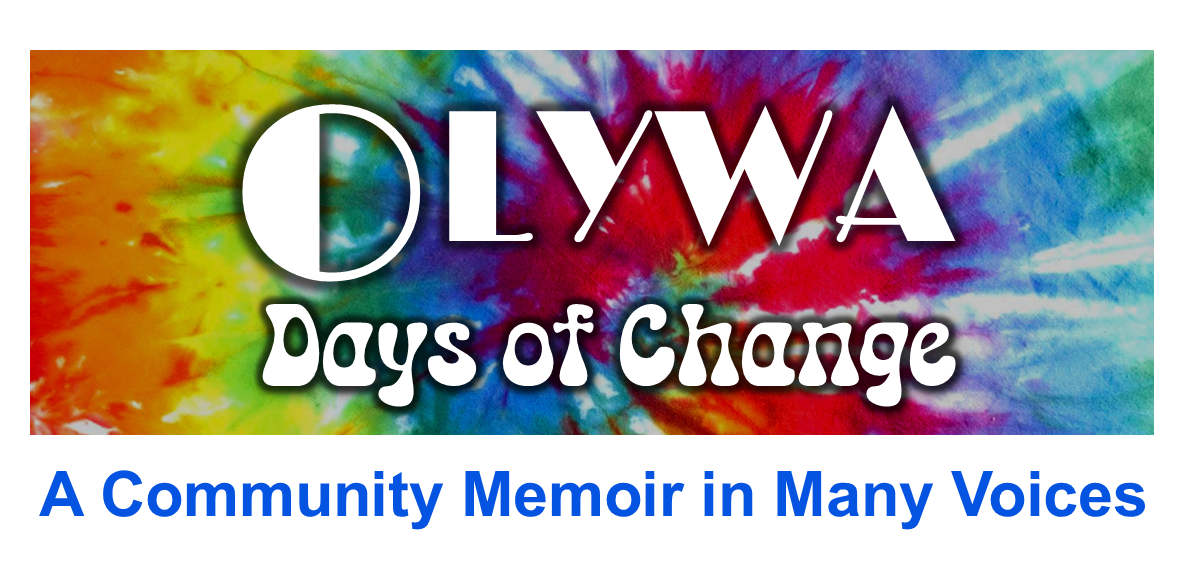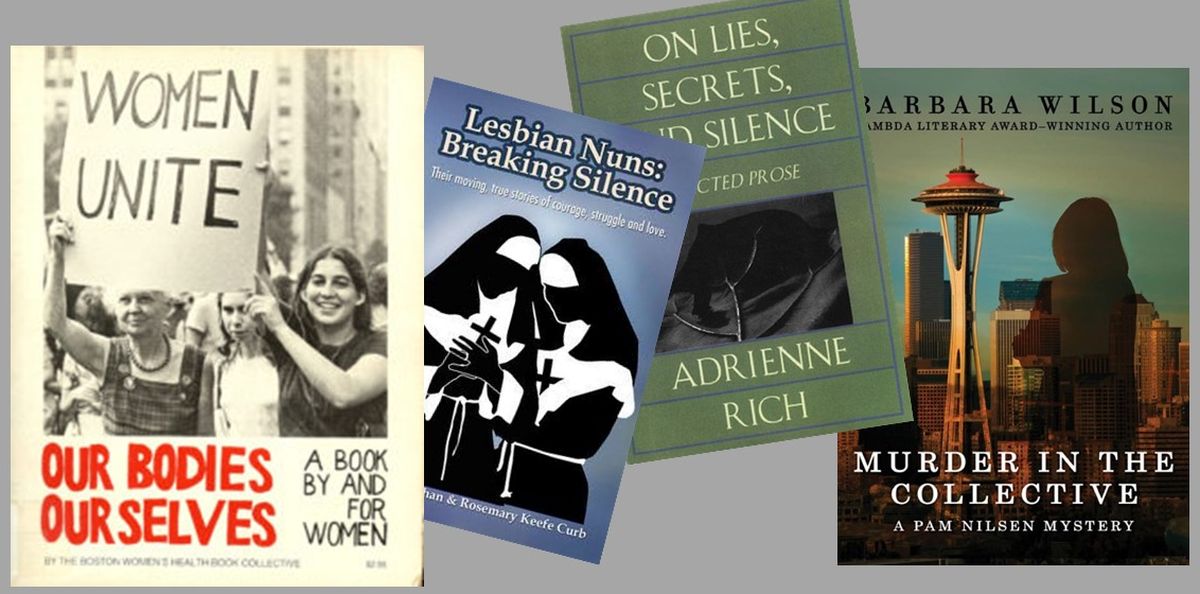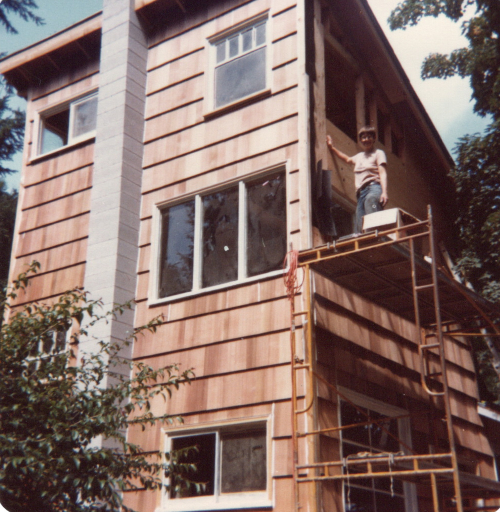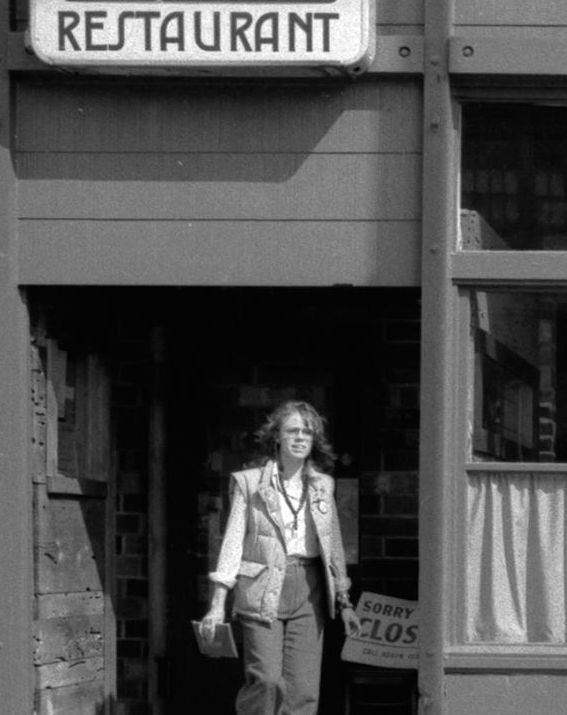The Book Store – By Carol McKinley
This was the mid-1970s. Feminism and a growing number of feminist writers spurred the founding and growth of women-owned and operated presses. These were small businesses started on shoestring budgets by dedicated women willing and eager to get the words of feminist and lesbian philosophers, historians, novelists, poets, and artists into the public sphere. As a bookseller, I wanted to get their books to readers.




